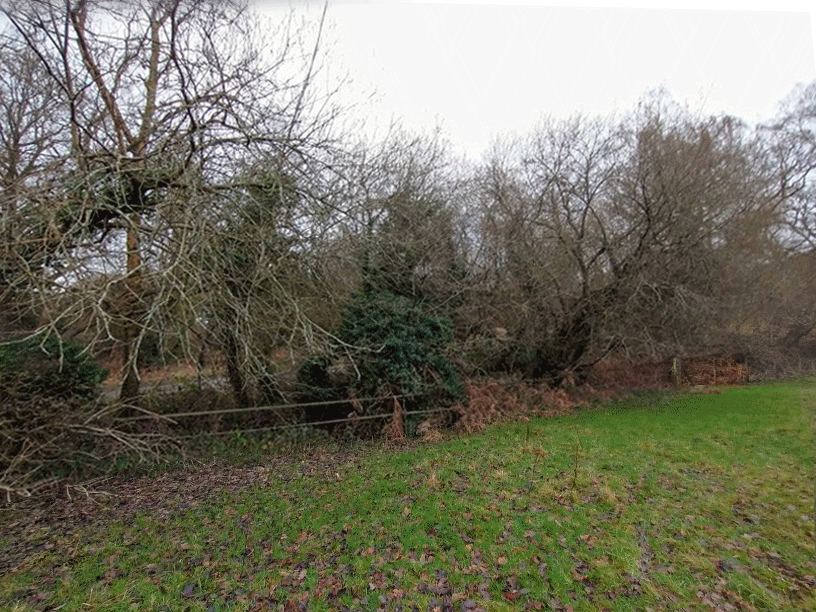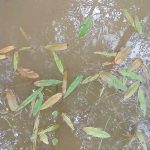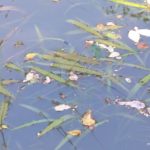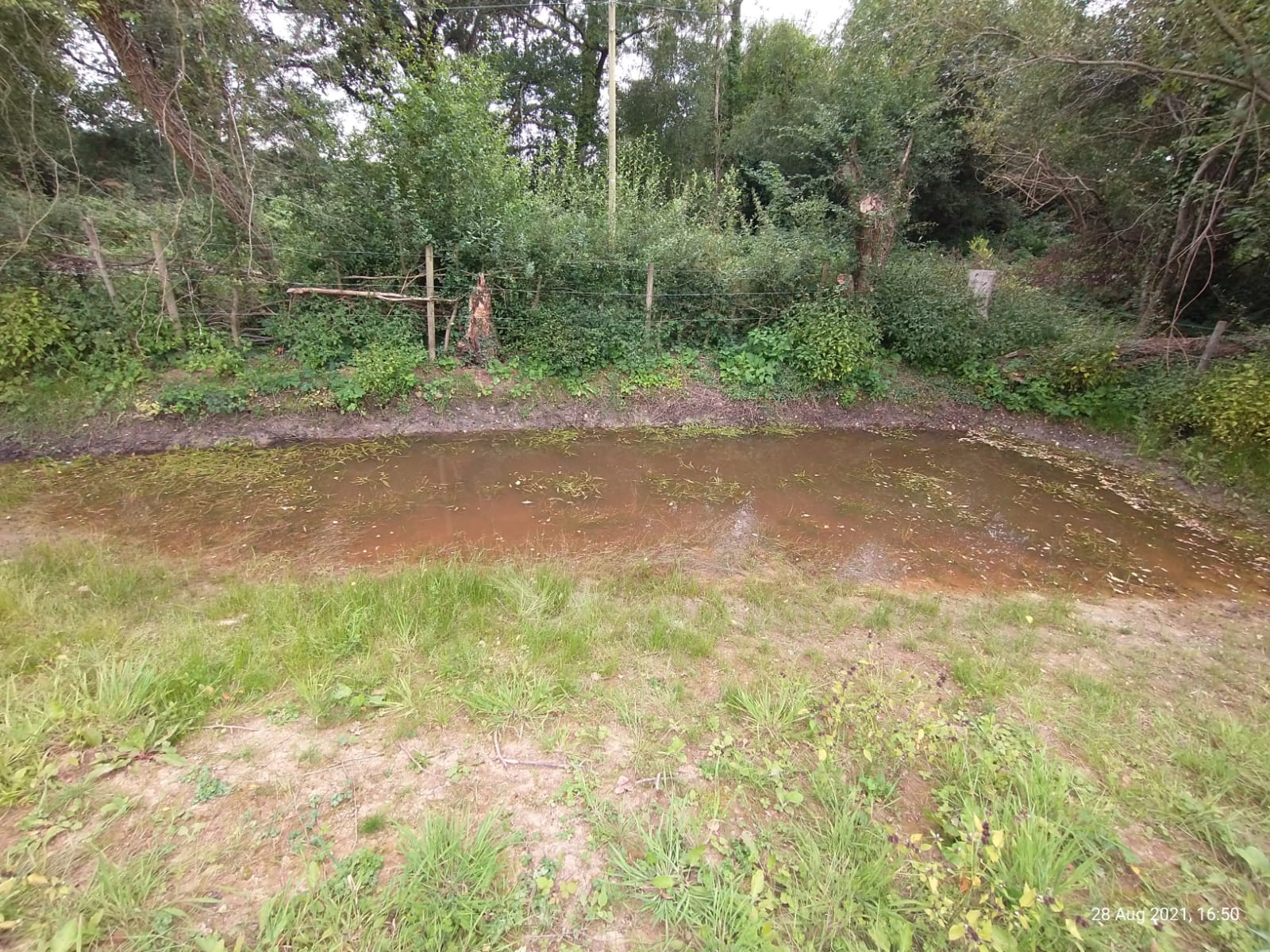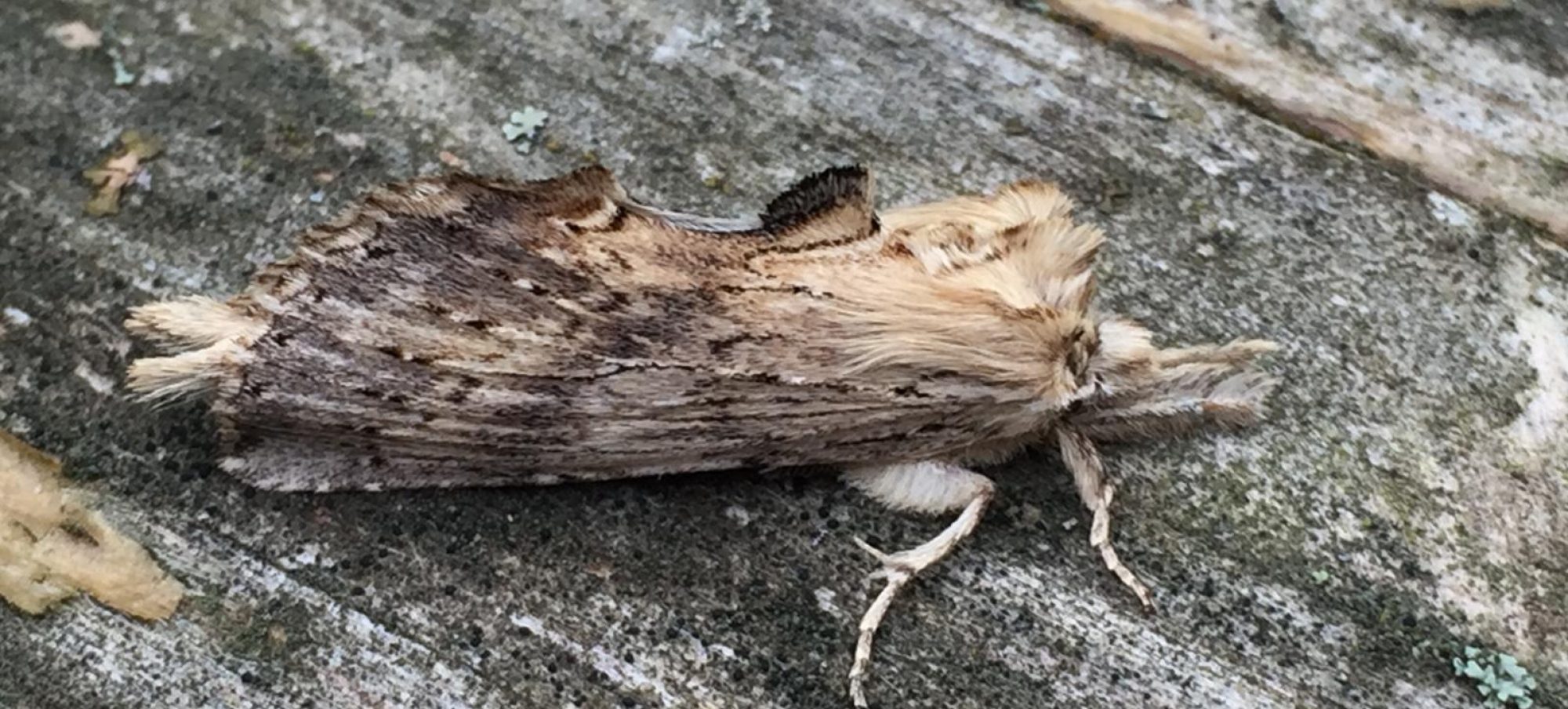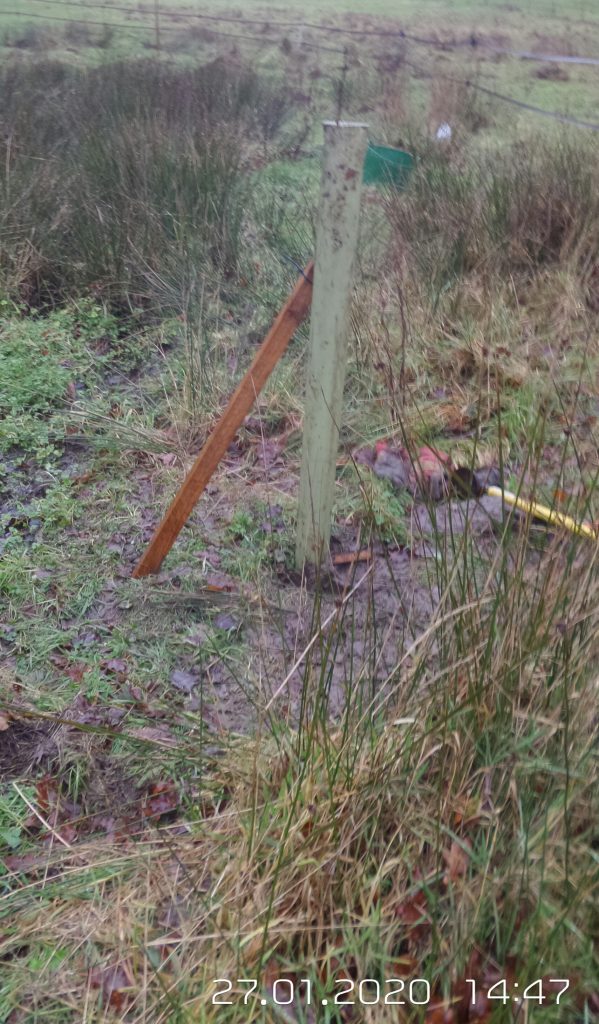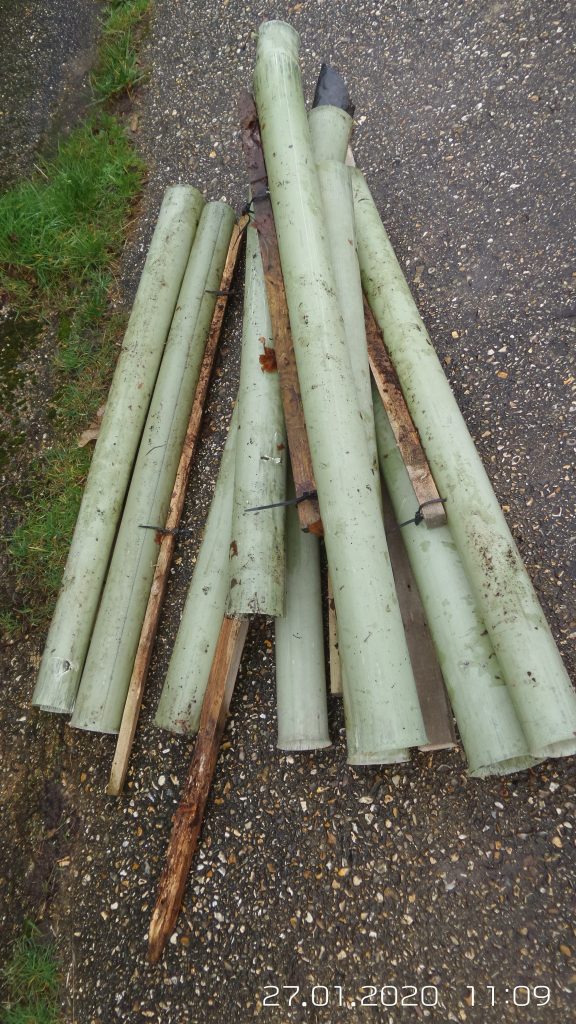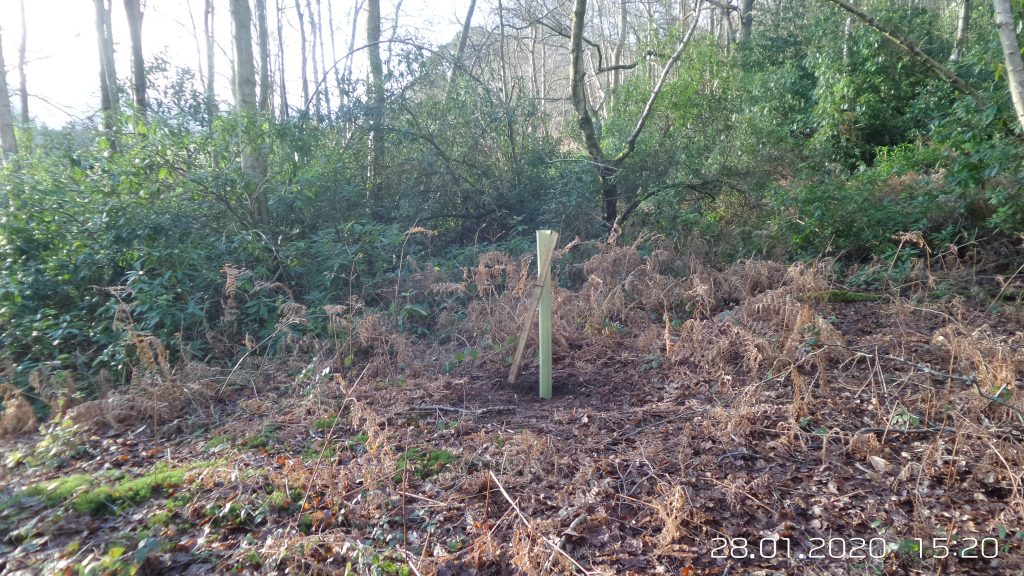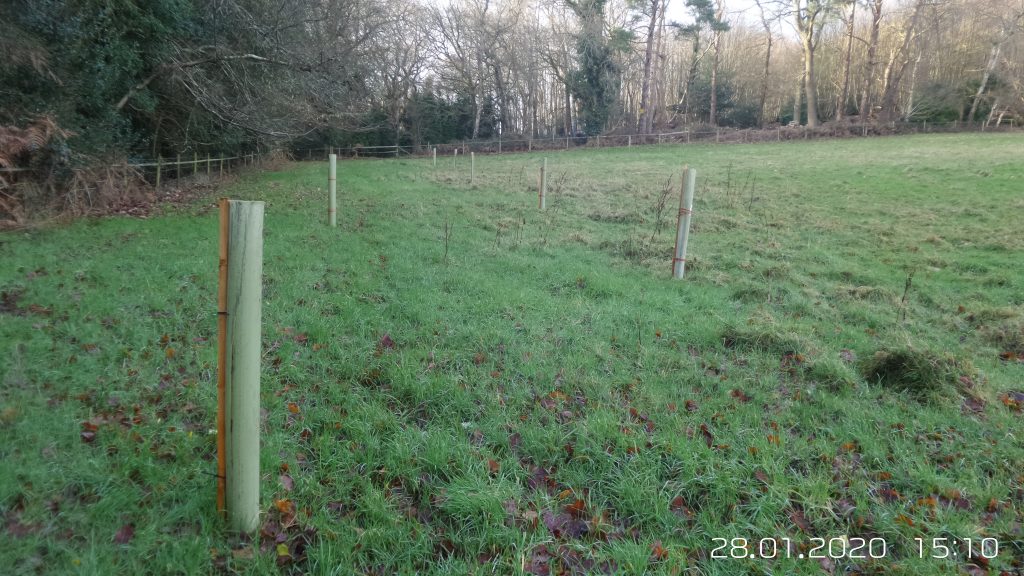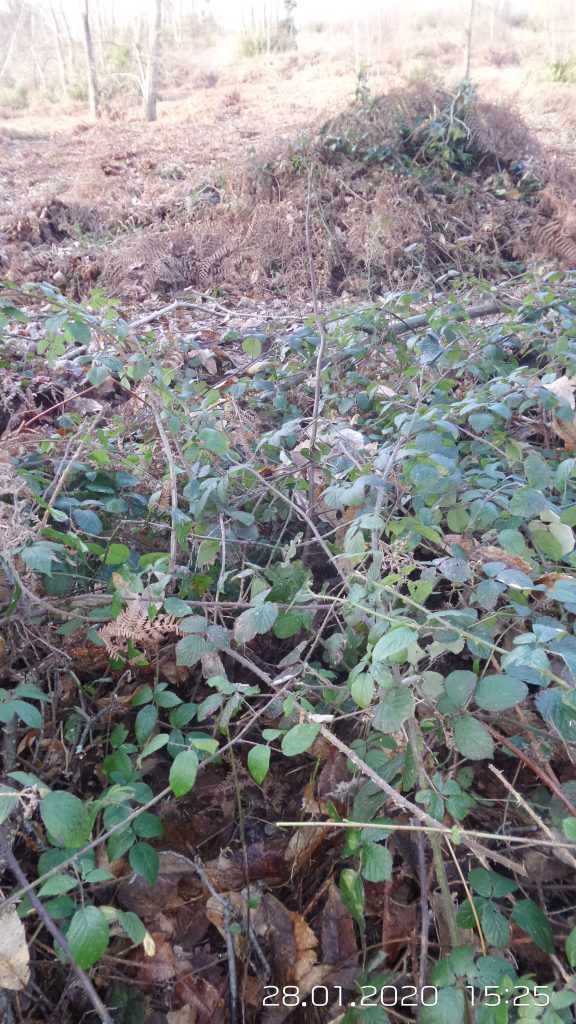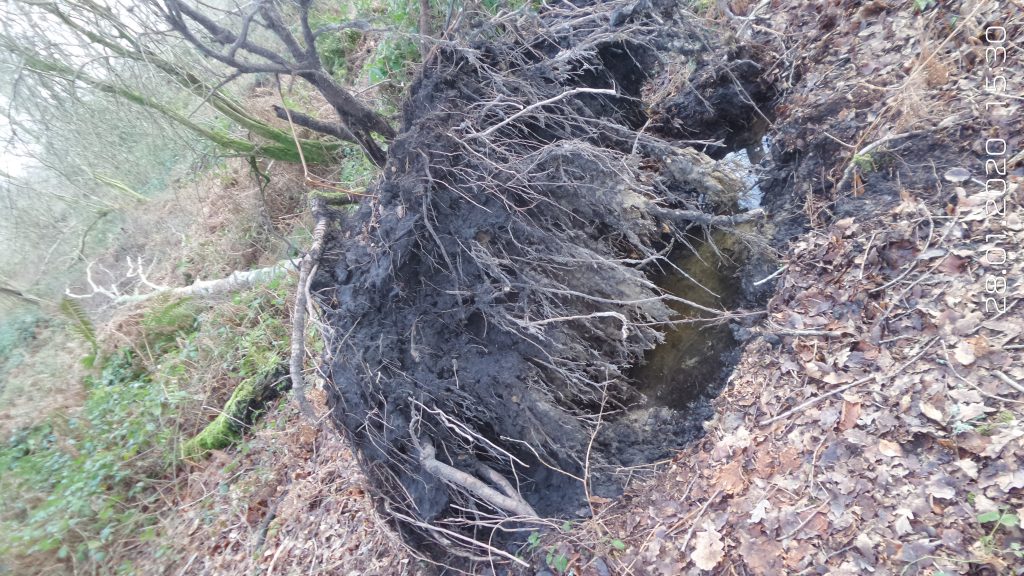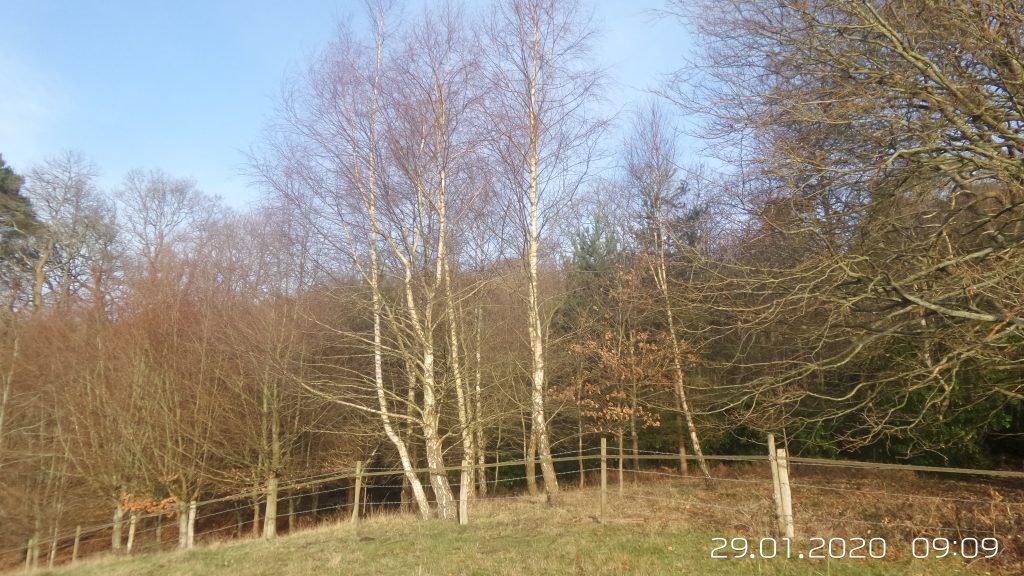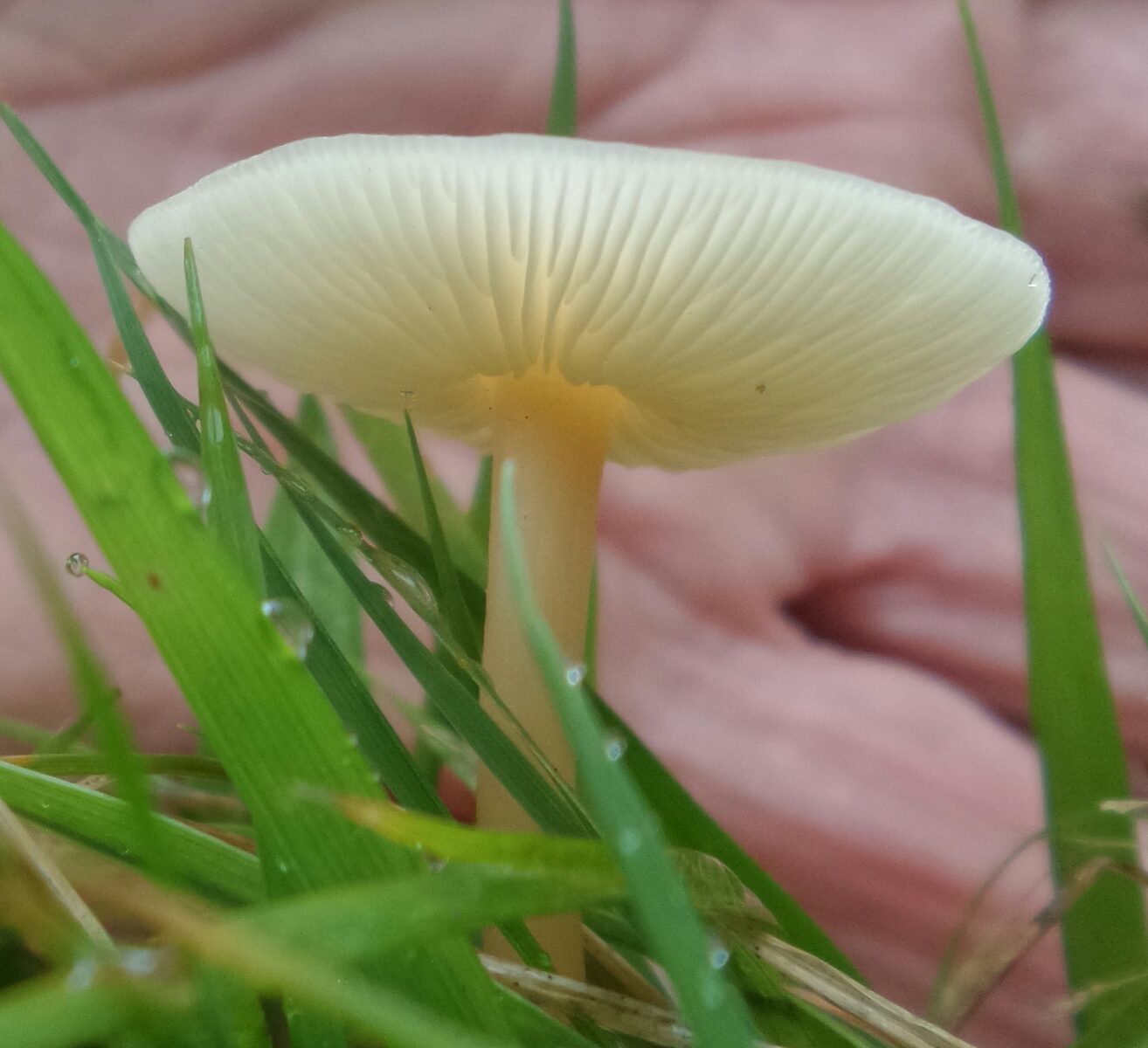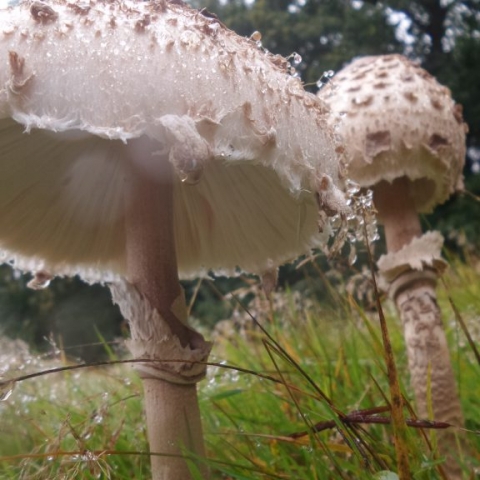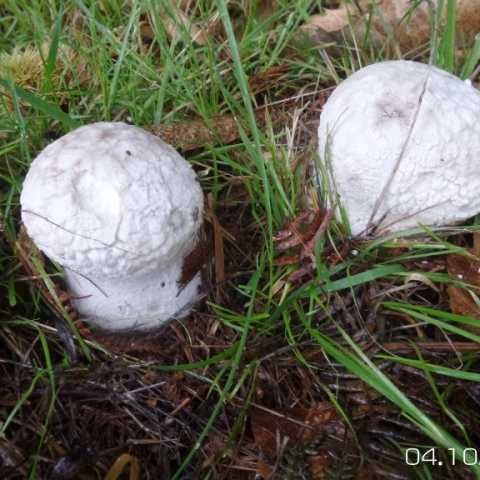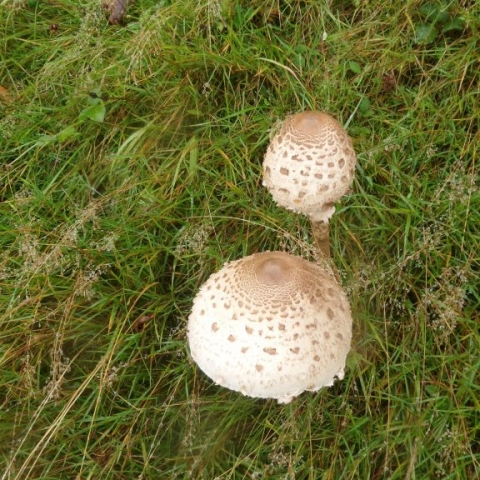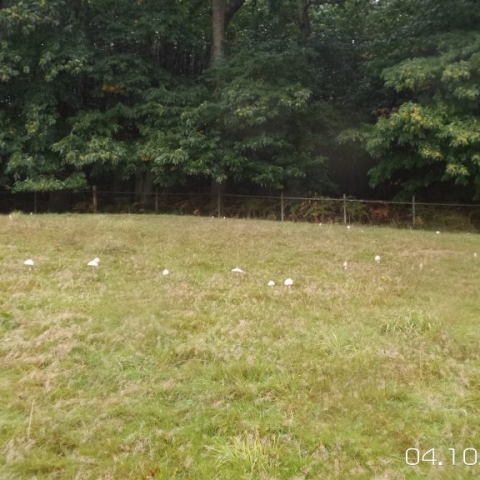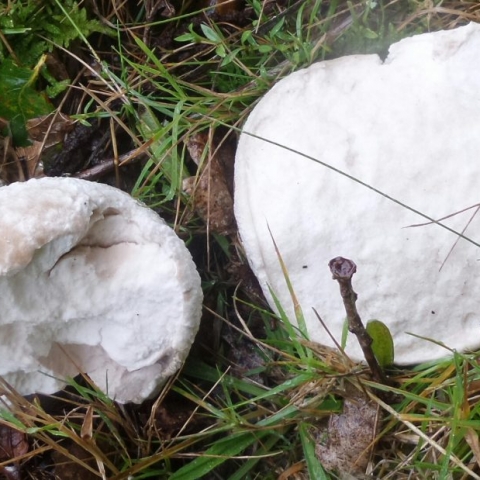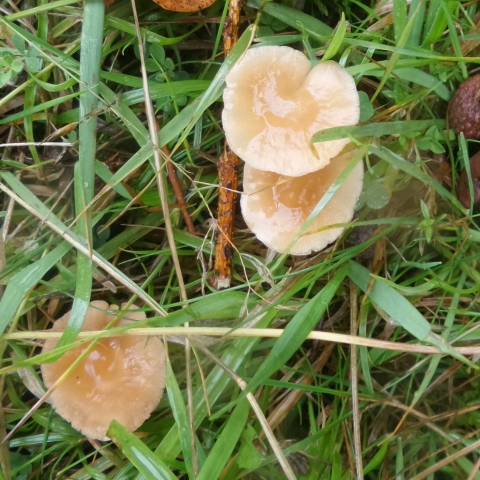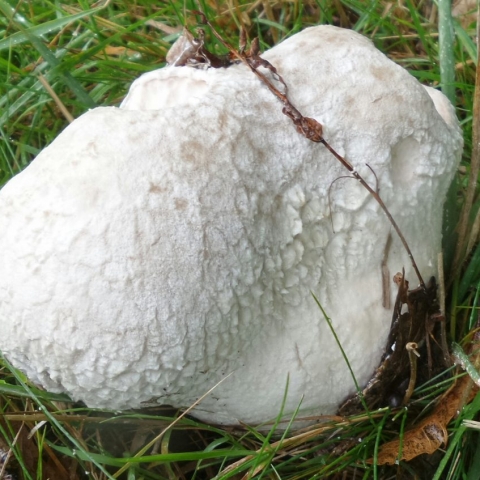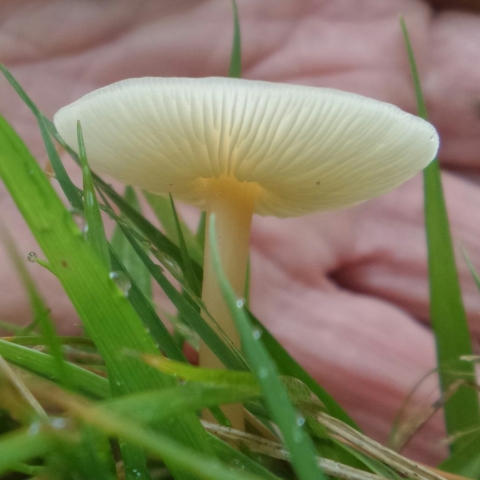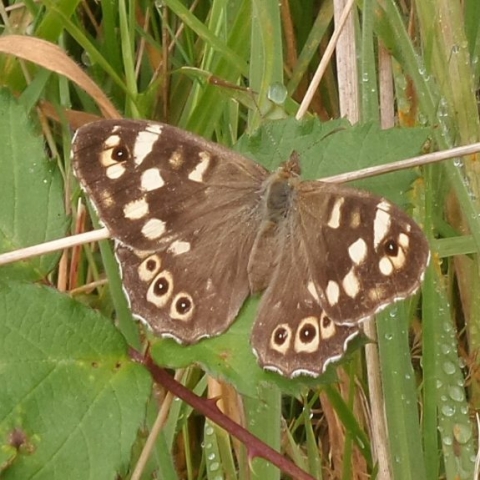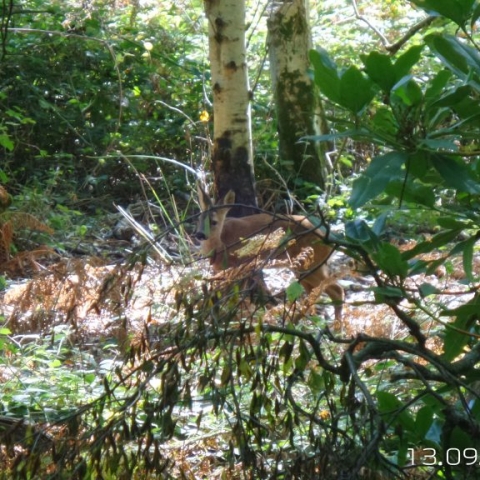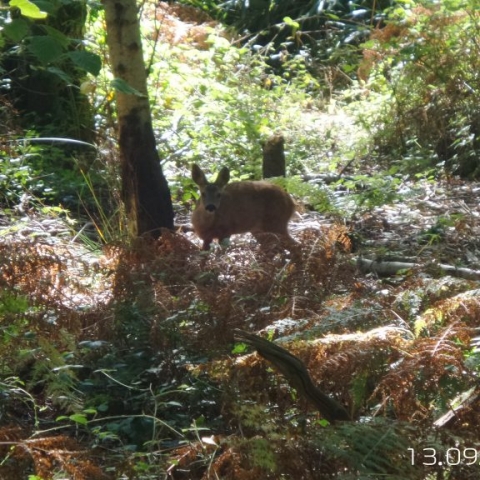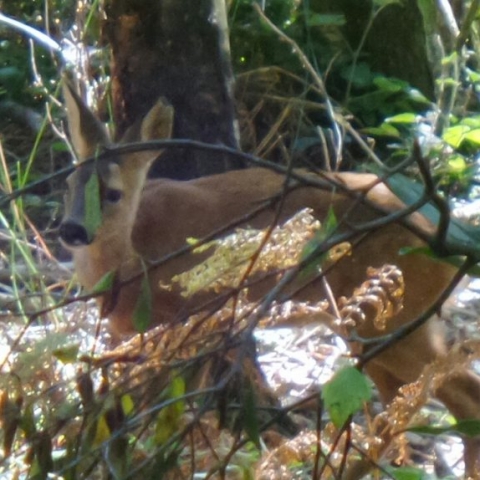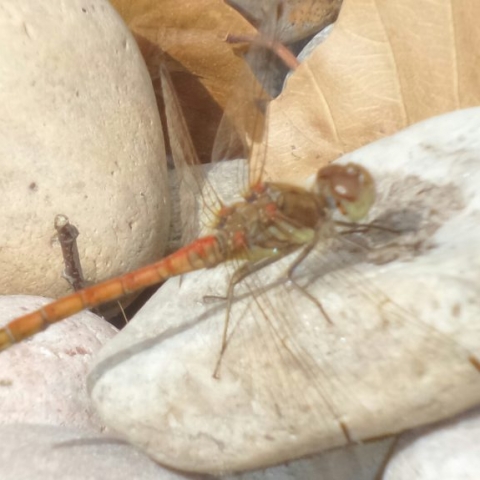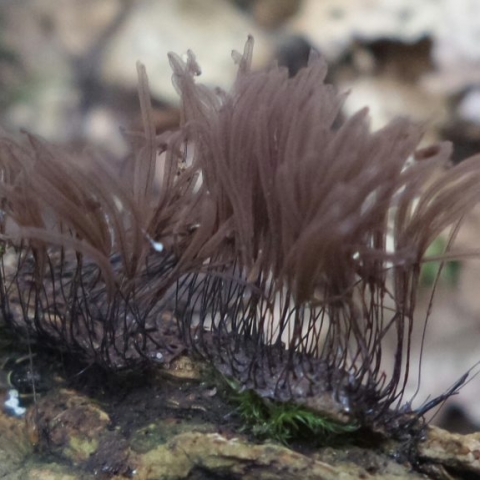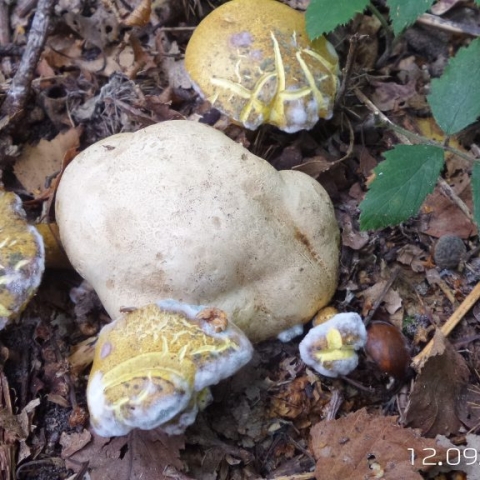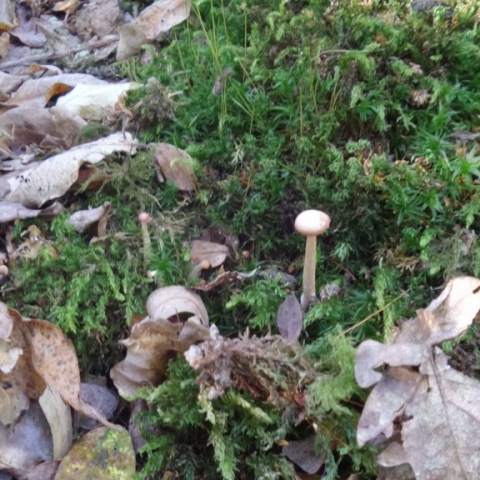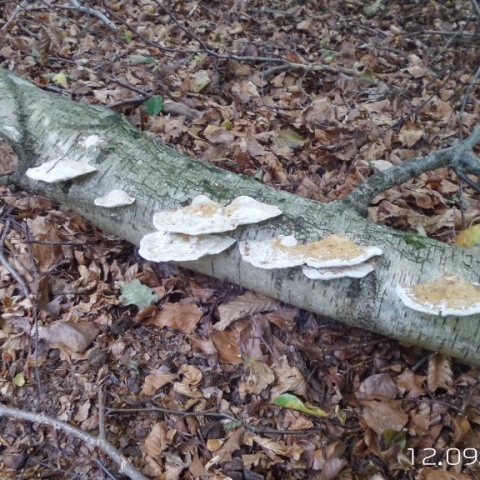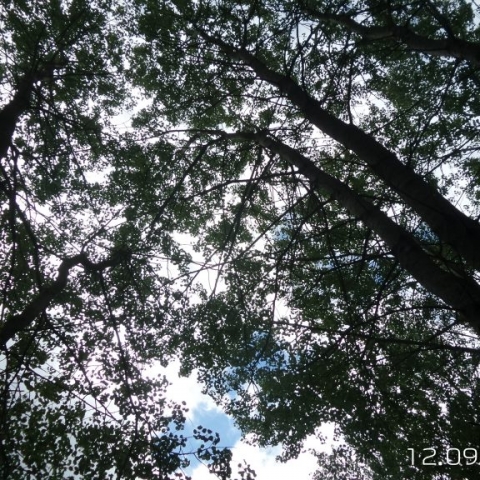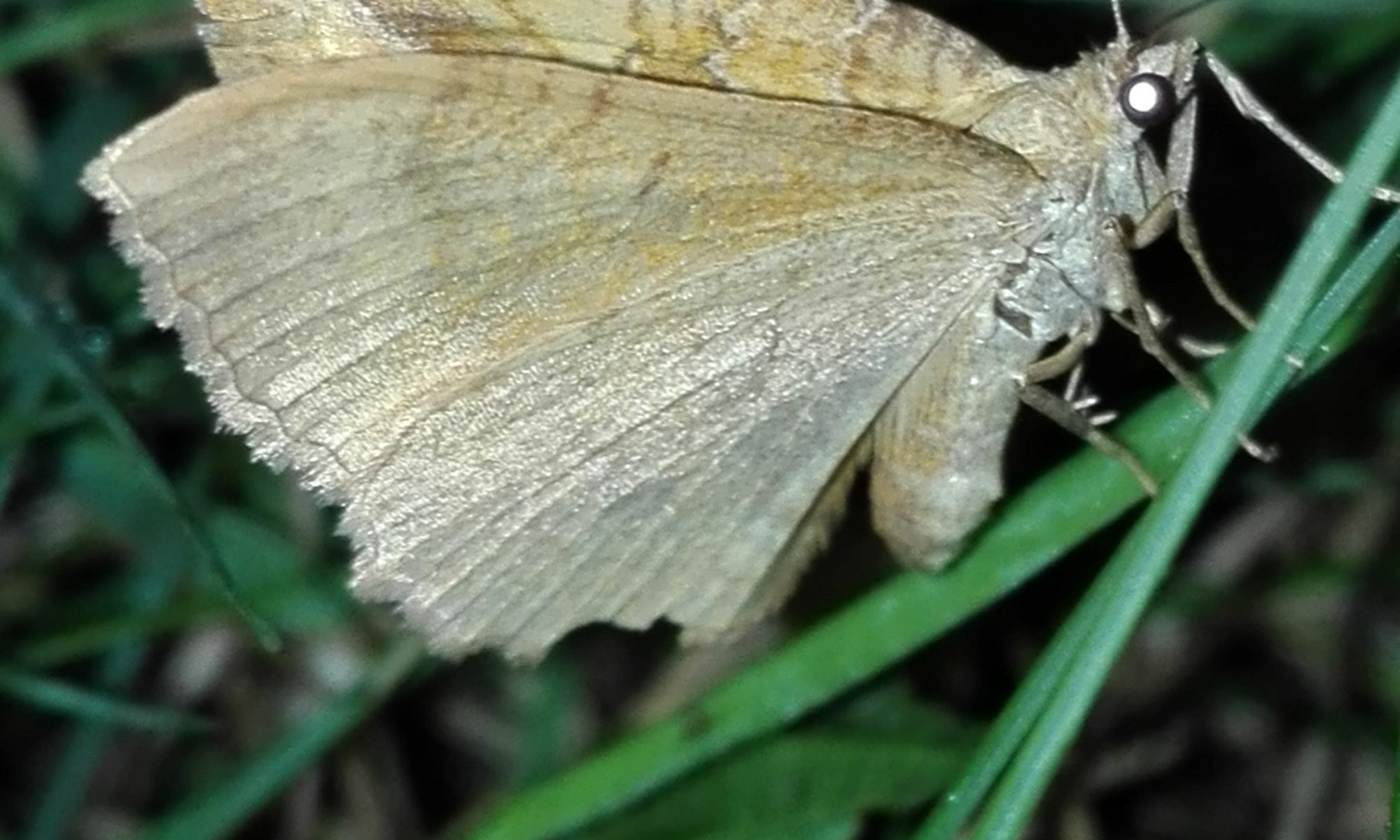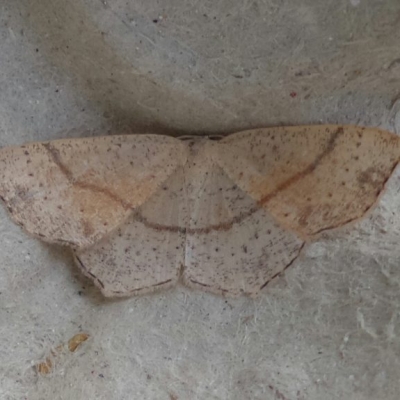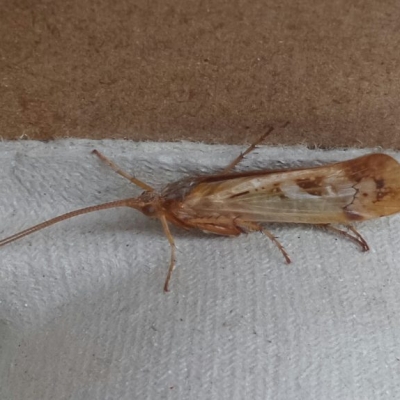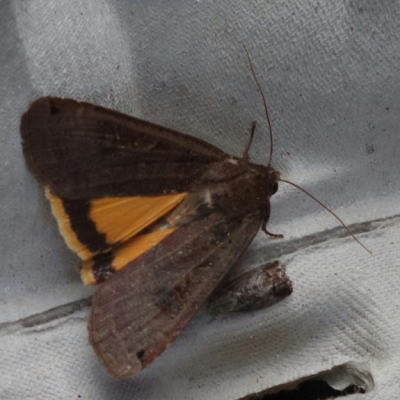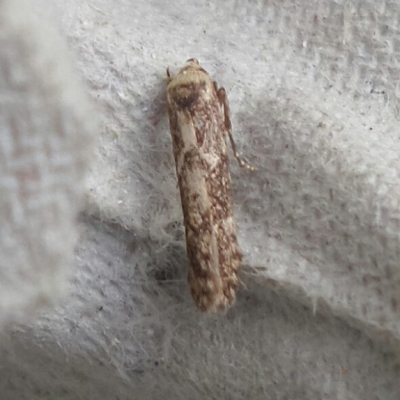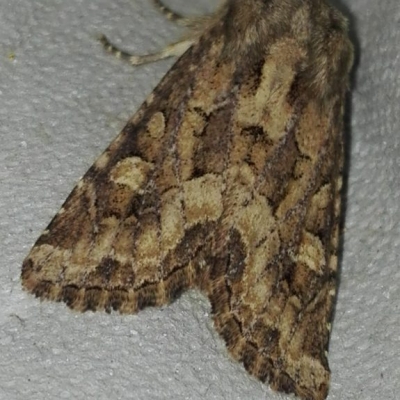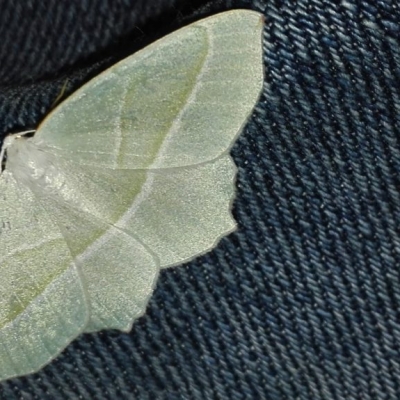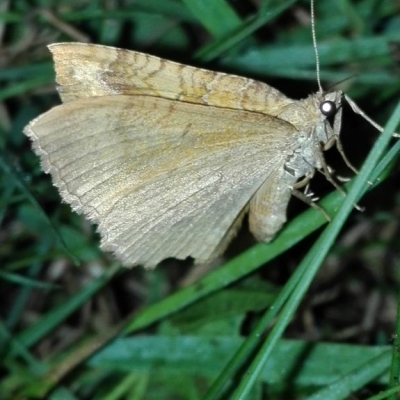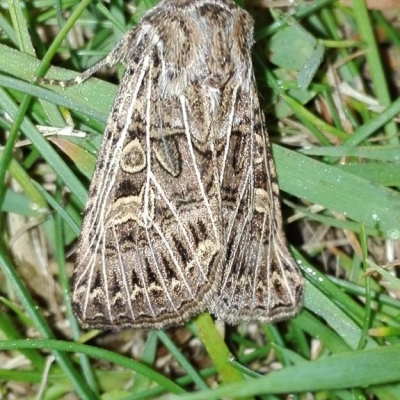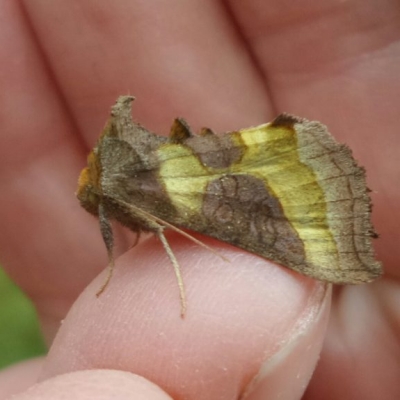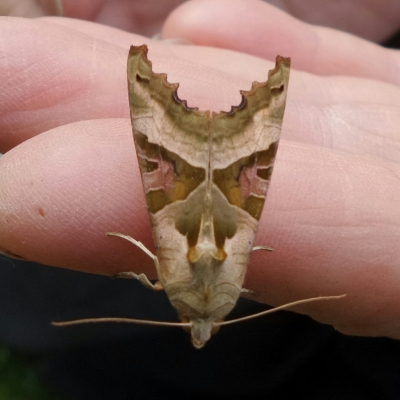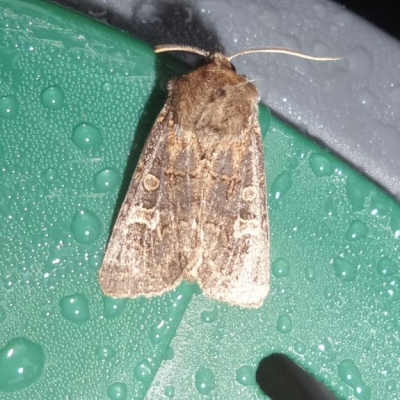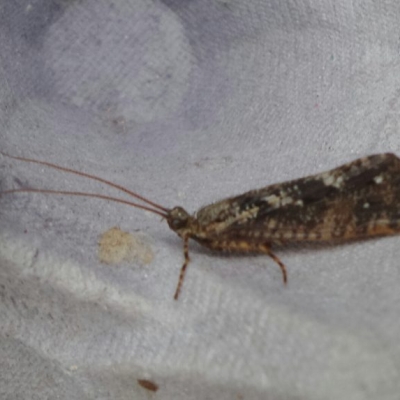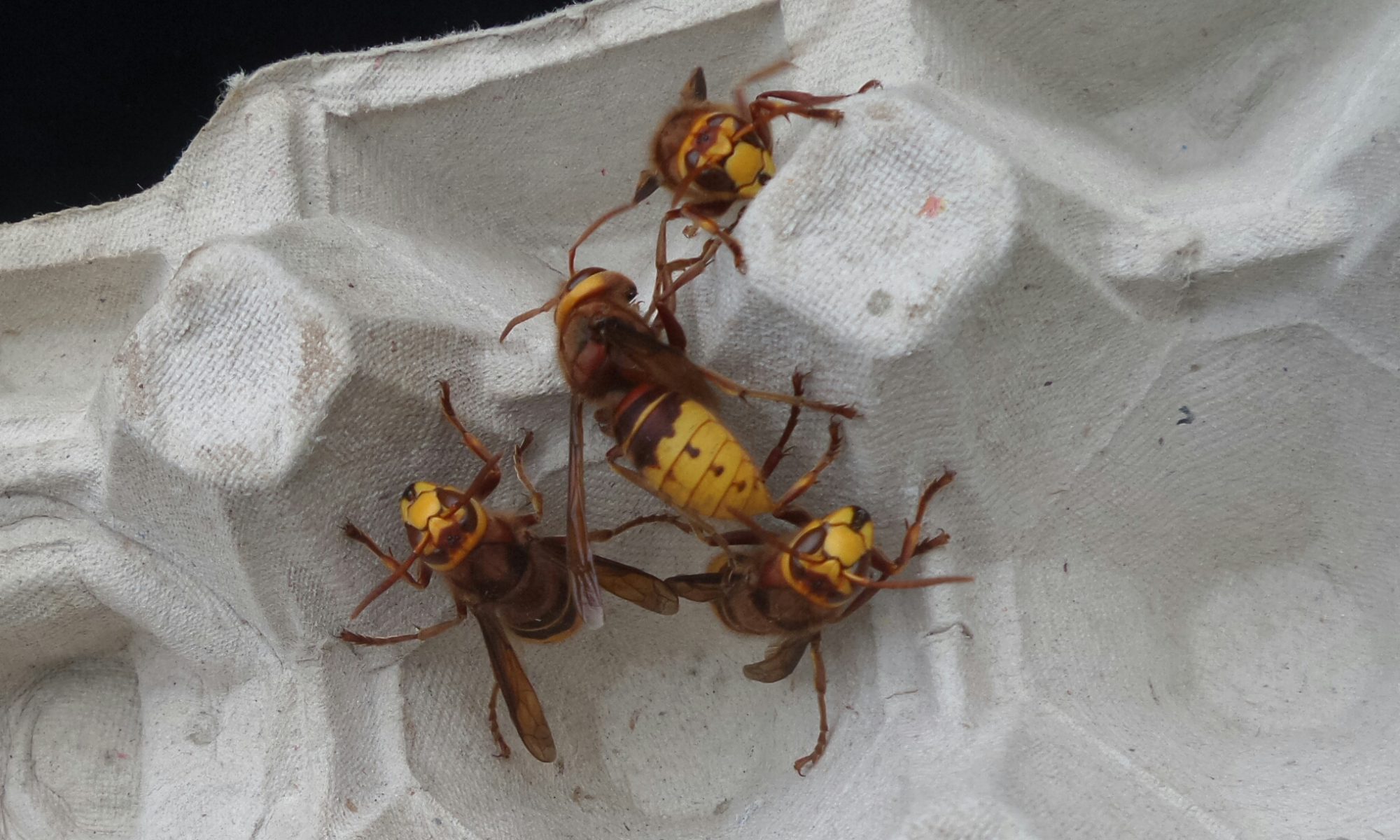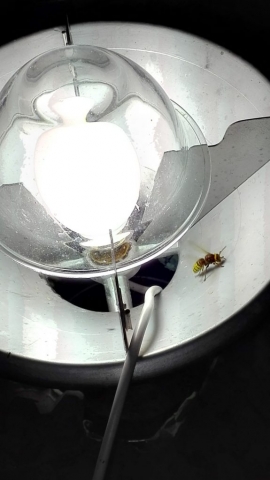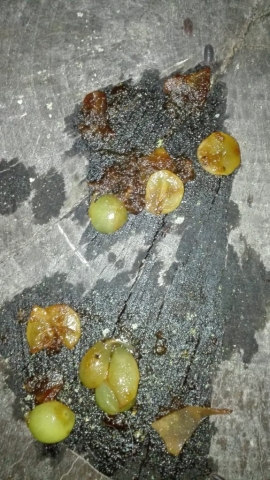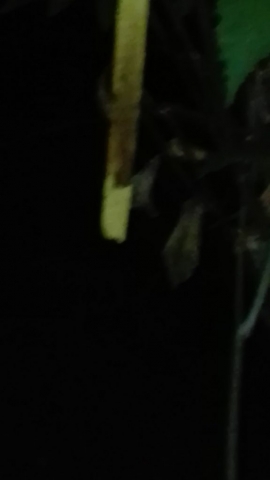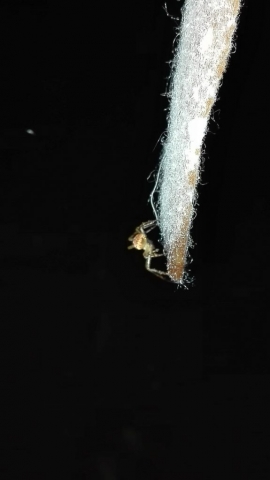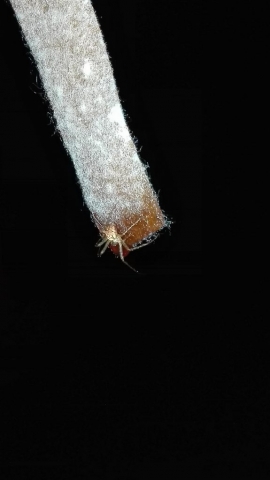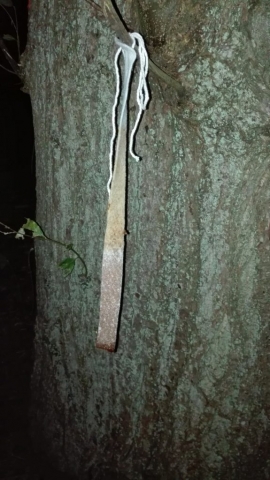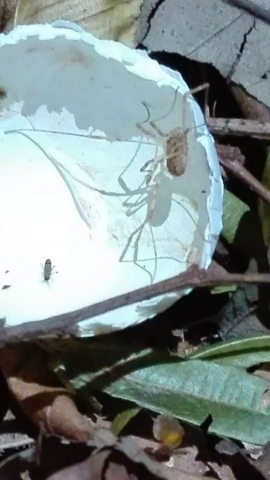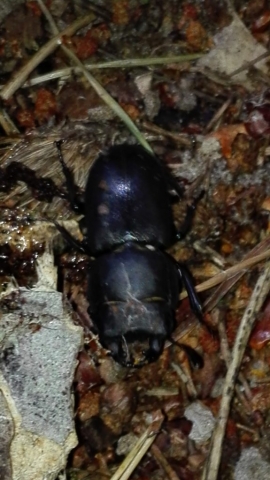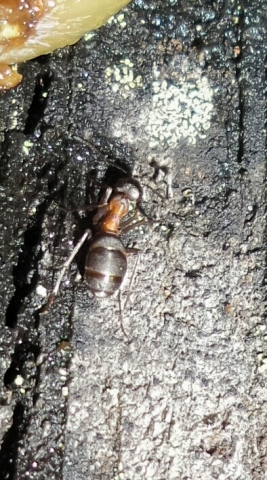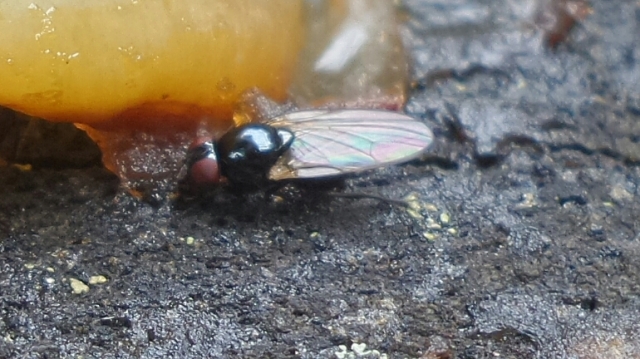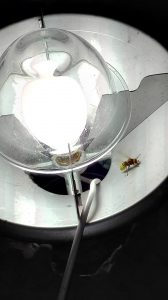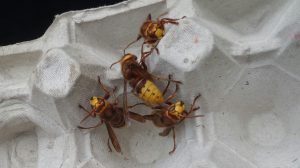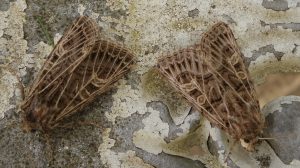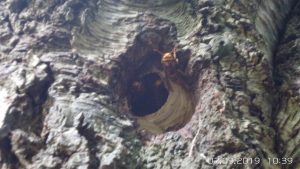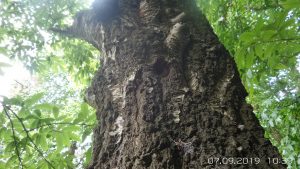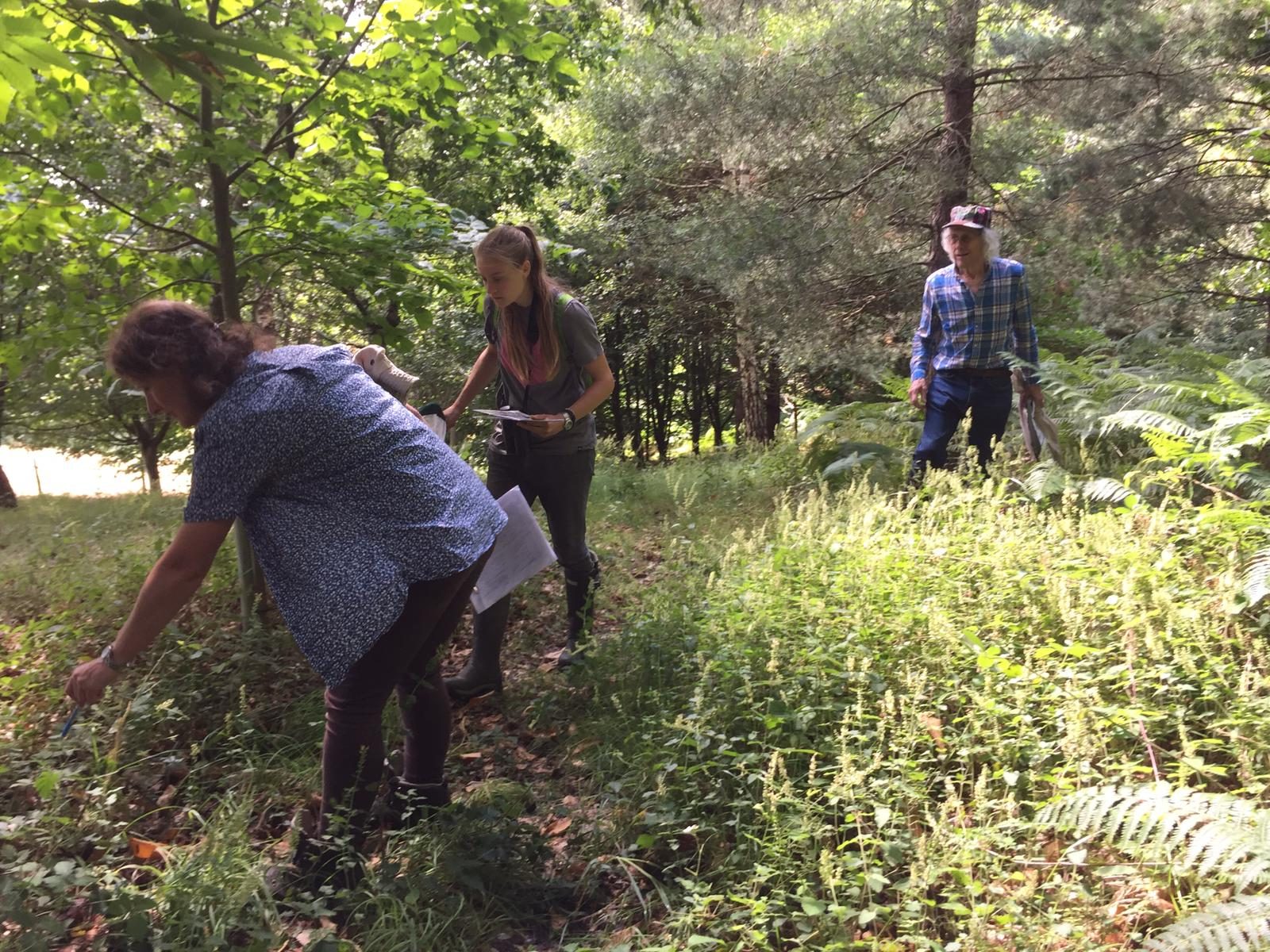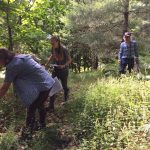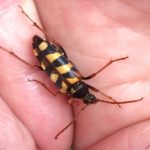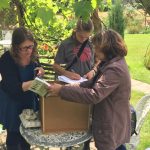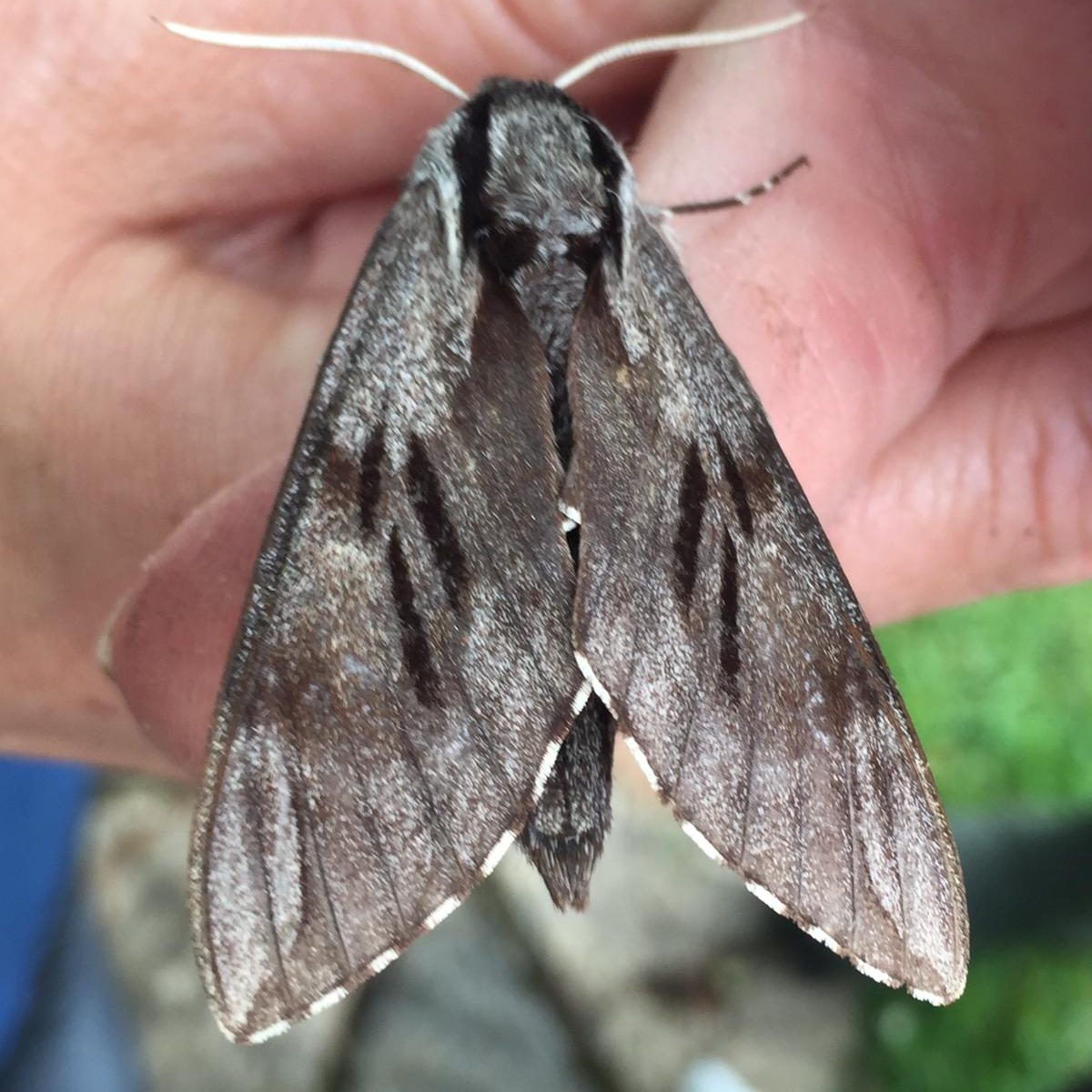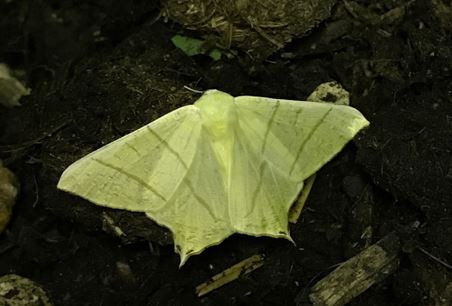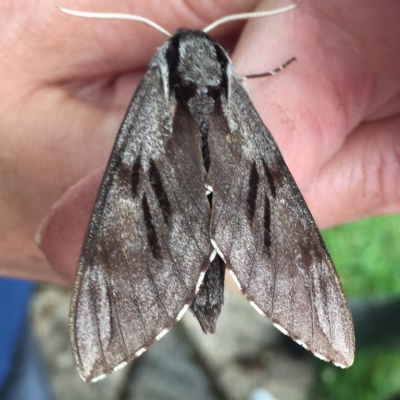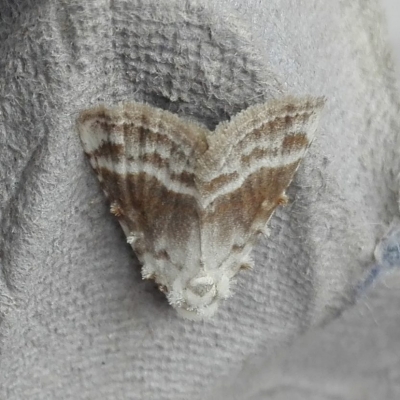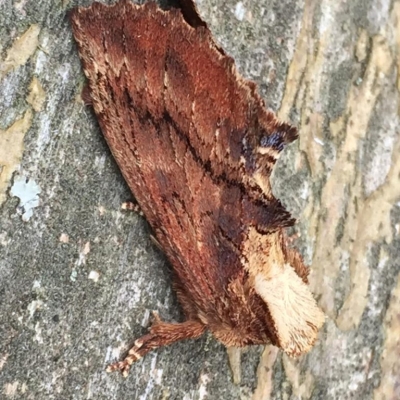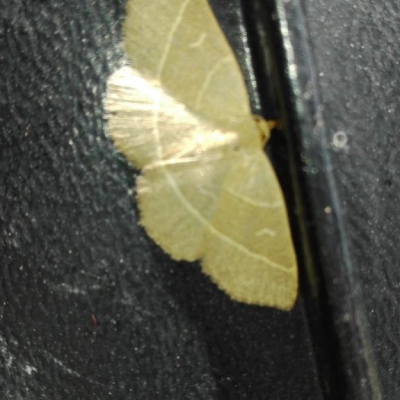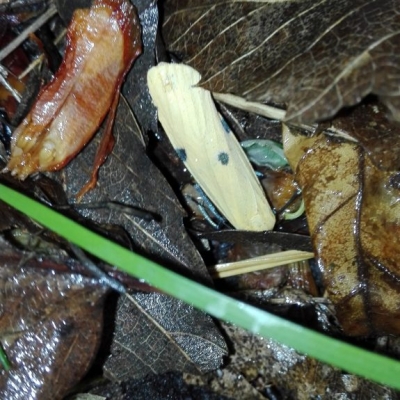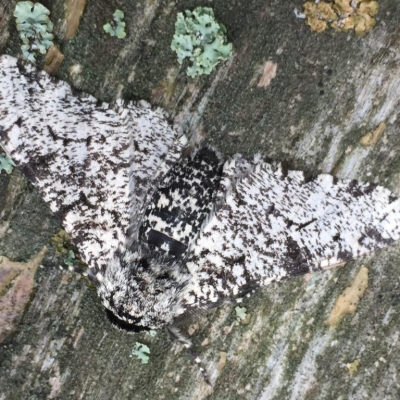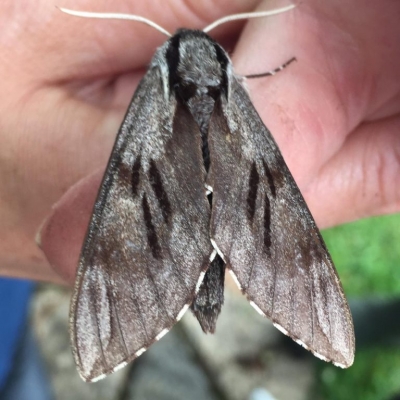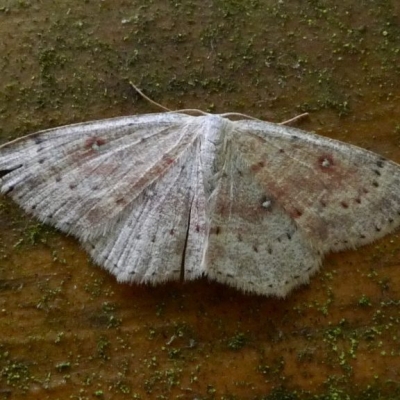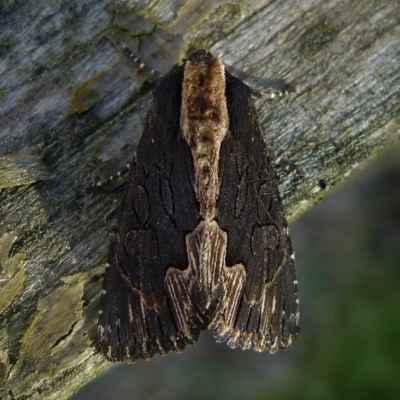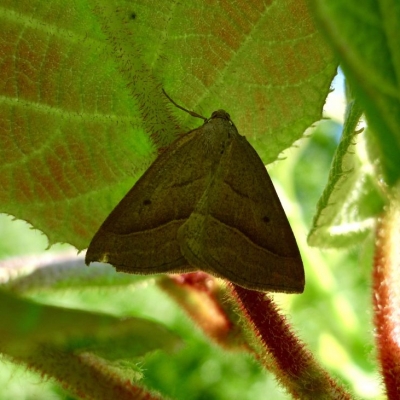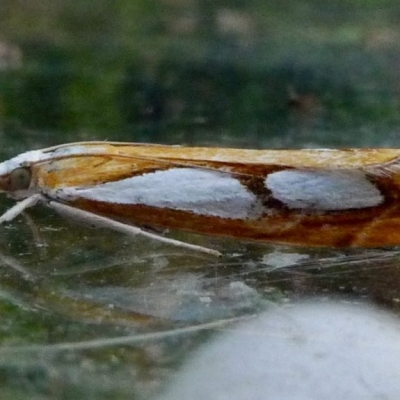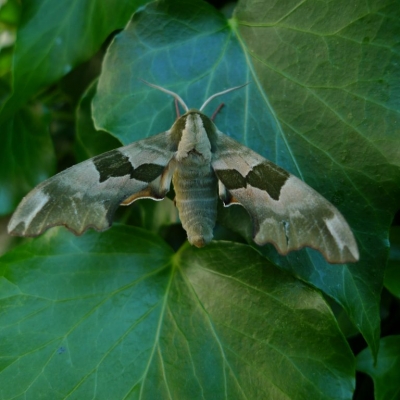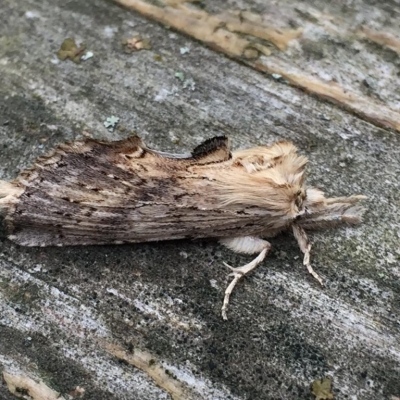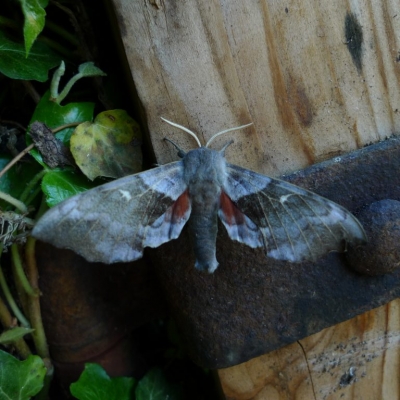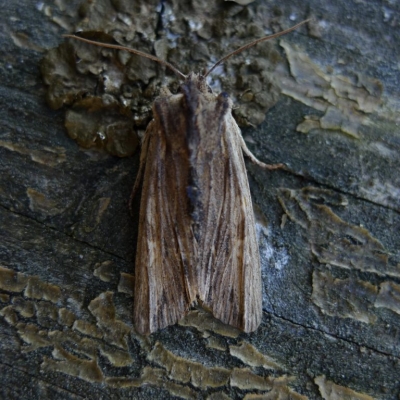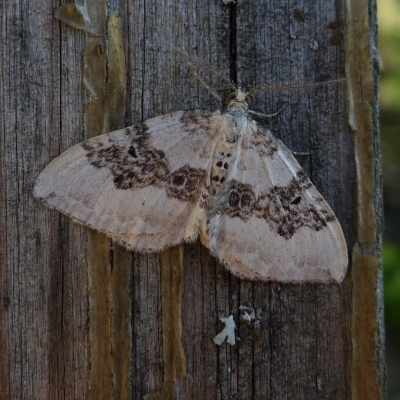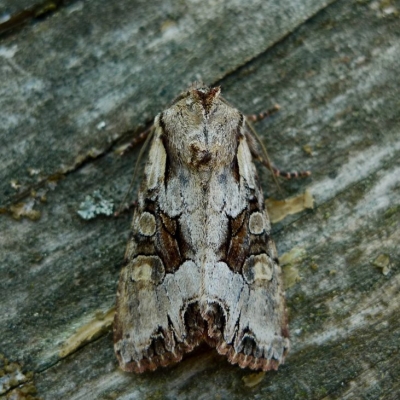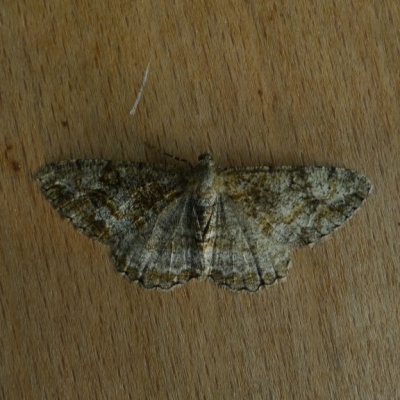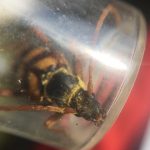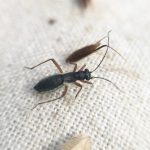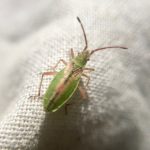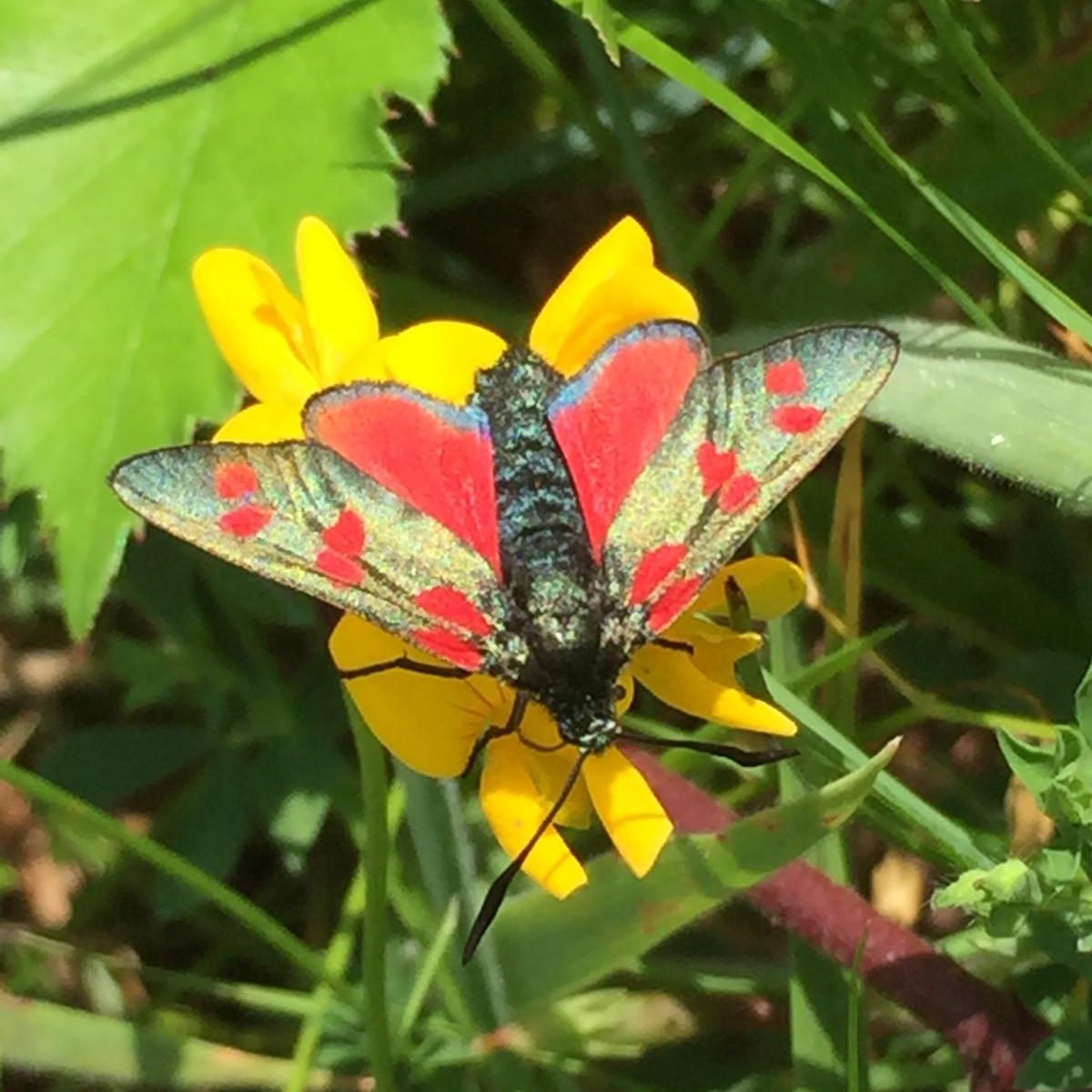Our Bioblitz was made a great success by the many recorders and Natural history Groups whose representatives gave up their time to help record species on our land. Of all the groups the Sussex Botanical Recording Society (SBRS) had the most members present over the two days.
We are very much looking forward to having them visit us again in the near future.
Nick Sturt, chairman of the group very kindly sent us the following report:
Myrtle Farm 19 and 20 July 2019, Vascular Plant Species: a brief report
Sussex Botanical Recording Society
1. General
The site (in tetrad SU82D) is on undulating ground at the foot of the escarpment in Coldharbour Wood and comprises a variety of habitats, notably woodland, meadow including damp meadow, and ruderal. The intention is to manage the site outside the curtilage of the farmhouse as more or less one unit with a small herd of cattle roaming free along the lines of what is termed loosely as ‘re-wilding’. This baseline survey is necessarily incomplete, most significantly because Spring and early Summer species will have been missed.
2. Woodland
The range of species in the woodland is not great but it is considered that with suitable management this situation could be improved. Work to eradicate Rhododendron is already under way and will bear fruit in the form of many more opportunities for the development of greater biodiversity. The acidic conditions already support some typical plants such as Pill Sedge and Creeping Soft-grass and also a good range of Ferns (Lady, Male, Scaly Male, Broad Buckler). Further species typical of heathland could establish themselves in areas where the canopy is opened up. The mix of damper and drier conditions certainly has the potential to support a wider range of species of plants. Outside the woodland individual trees and the hedges are attractive and together make a most valuable contribution to biodiversity.
3. Meadows
Here again there is an attractive mix of damper and drier habitats. The former are characterised by such species as Sharp-flowered Rush and Oval Sedge with some Marsh Bedstraw, the latter by swathes of Common Bent which produce a most attractive pinkish blur at this time of year. There is already a good variety of plant species but management in the past has probably led to the meadows being less species rich than they could be. Grazing regimes should lead to greater variety in the future. Other species typical of acid grassland recorded include Tormentil and Heath Speedwell. The damp track linking the eastern field with the rest of the farm is interesting near the field entrance, eg Water Purslane and Marsh Cudweed. The verges of the main drive should also be mentioned here since they are well maintained and support a nice range of species, including Lady’s Bedstraw.
4. Ruderal
Some of the most interesting plant species on farms are often to be found on and around dung heaps but, alas, no such resource was seen on the visit! However, a good number of ruderal species were recorded around the outbuildings. The well-kept garden yielded a few weed species and the attractive lawn was far from being an unproductive monoculture, Trailing St.John’s-wort being the star wild plant. SBRS members appreciated the lovely garden.
5. Summary
The SBRS undertakes site surveys for both higher and lower plants. It is not the business of the Society to advise on management of sites but some guidance can be offered if requested.
As a general rule biodiversity increases with the number of different habitats, and, within those habitats, with the different management systems in place. There is certainly scope for creating limited areas of scrub: these will benefit birds and invertebrates in particular but should not be allowed to compromise the best areas of the meadows. Equally there is scope for more intensive grazing of some areas of meadow, and maintaining the more relaxed grazing regime in others. To some extent the stock will make their own choices but manipulation through (for example) temporary fencing (as is already in place in one damp meadow area) is recommended in order to experiment and fine tune. It is important to keep the nutrient levels low and thus any mowing should be followed up by removal of the cuttings; the same applies to concentrations of dung, though with low density grazing this should not be a problem. There do not appear to be any unwanted invasive species. Creation or restoration of ponds would boost biodiversity quickly.
Personally I am not in favour of the introduction of species as a first recourse: most often the plants will find their way into a habitat on their own. Some introductions could be considered after the first couple of years: these should be of native, preferably local, provenance and duly documented.
6. Ten Best Plants Noted
Athryrium filix-femina Lady Fern woodland
Carex pilulifera Pill Sedge more open woodland
Carex spicata Spiked Sedge eastern field
(plus ?C. muricata Prickly Sedge to be confirmed)
Galium verum Lady’s Bedstraw verge of main drive but could be elsewhere
Hypericum humifusum Trailing St.John’s-wort damp track from eastern field and in lawn
Hypericum pulchrum Elegant St.John’s-wort* woodland
Lythrum portula Water Purslane damp track from eastern field, and in lawn
Populus tremula Aspen
Schedonorus pratensis Meadow Fescue* meadow
Veronica officinalis Heath Speedwell eastern meadow
